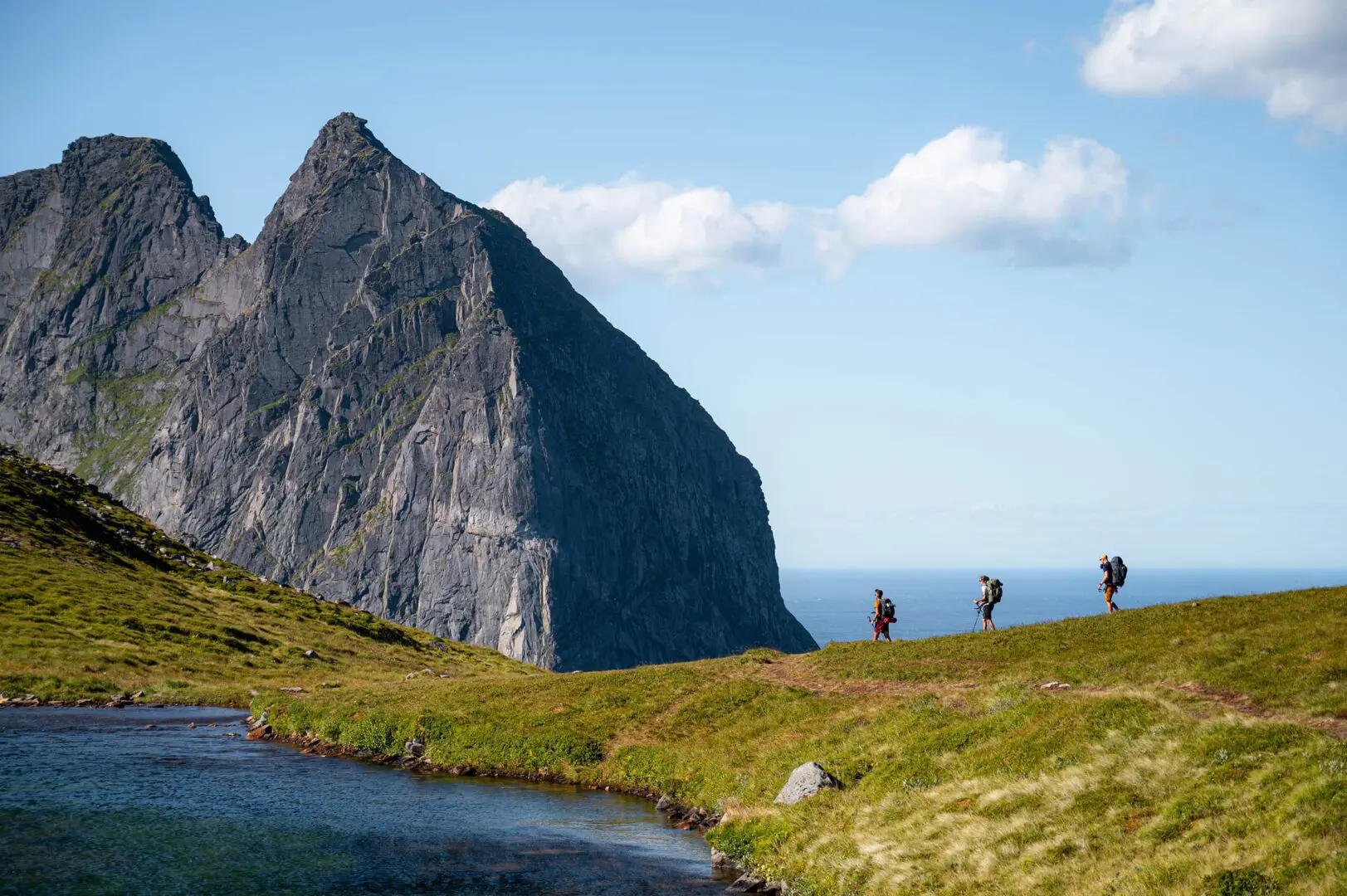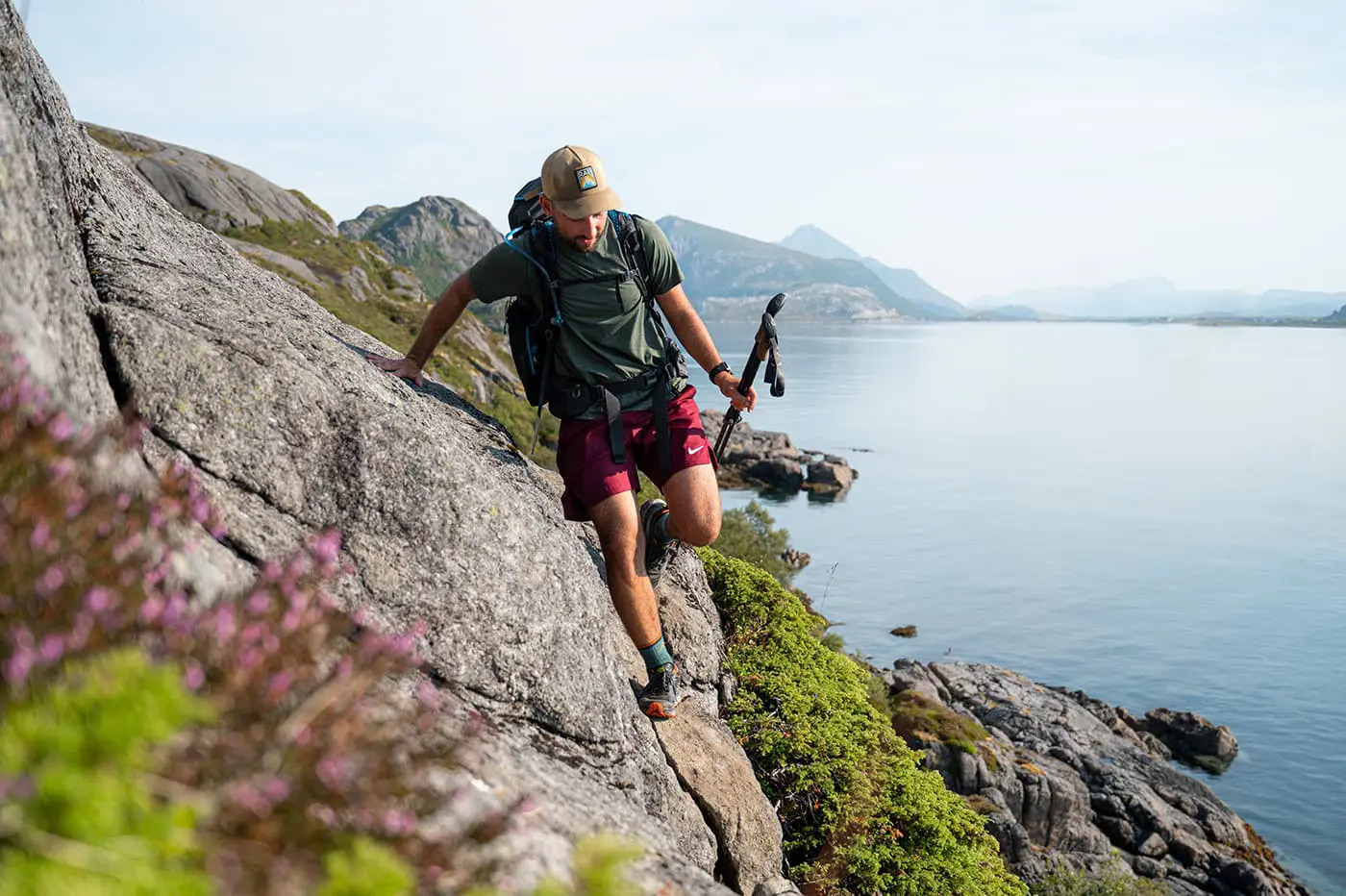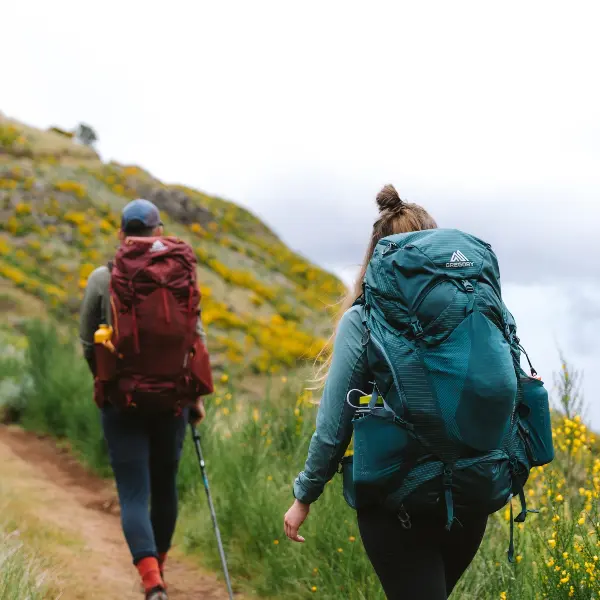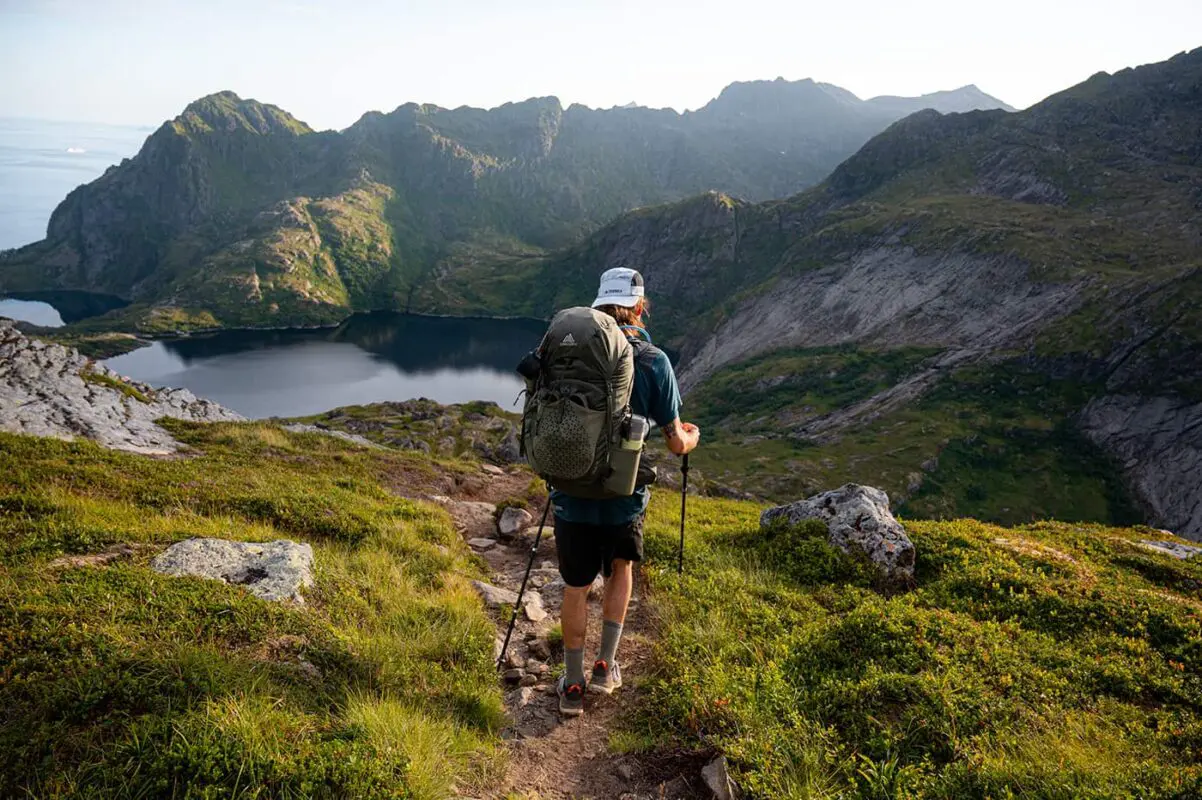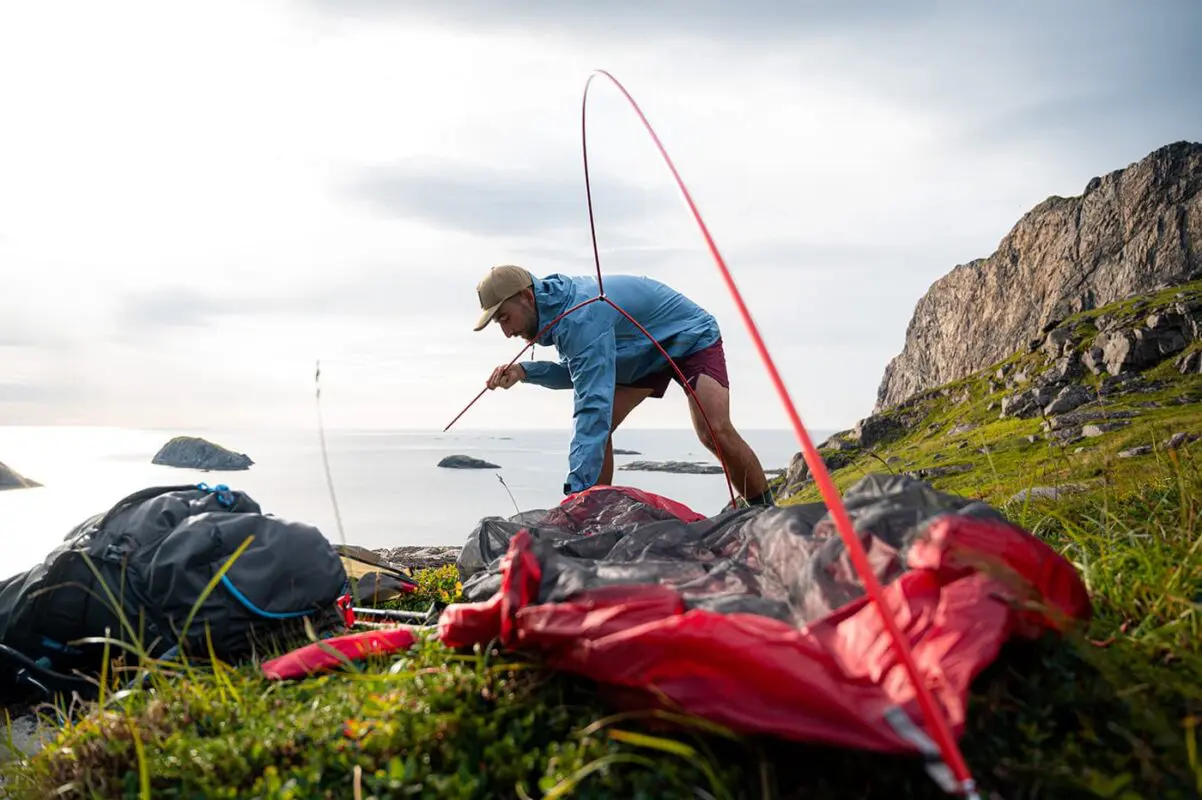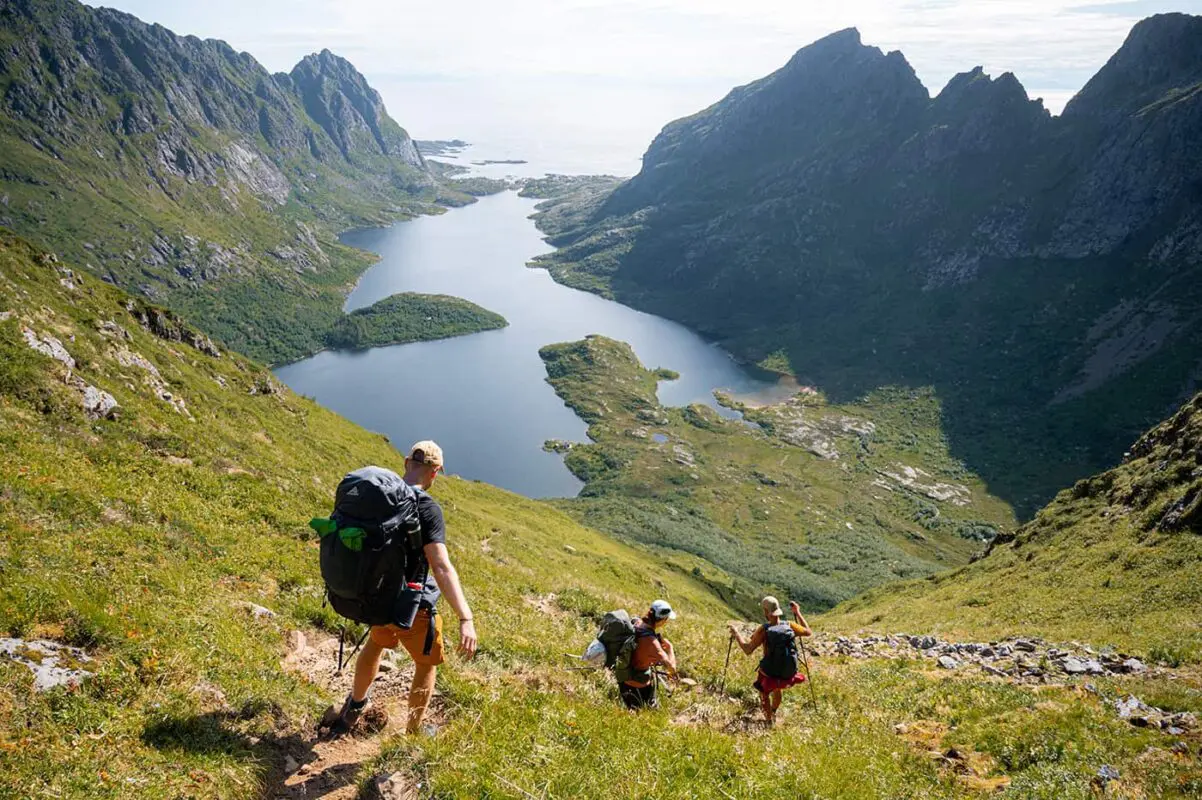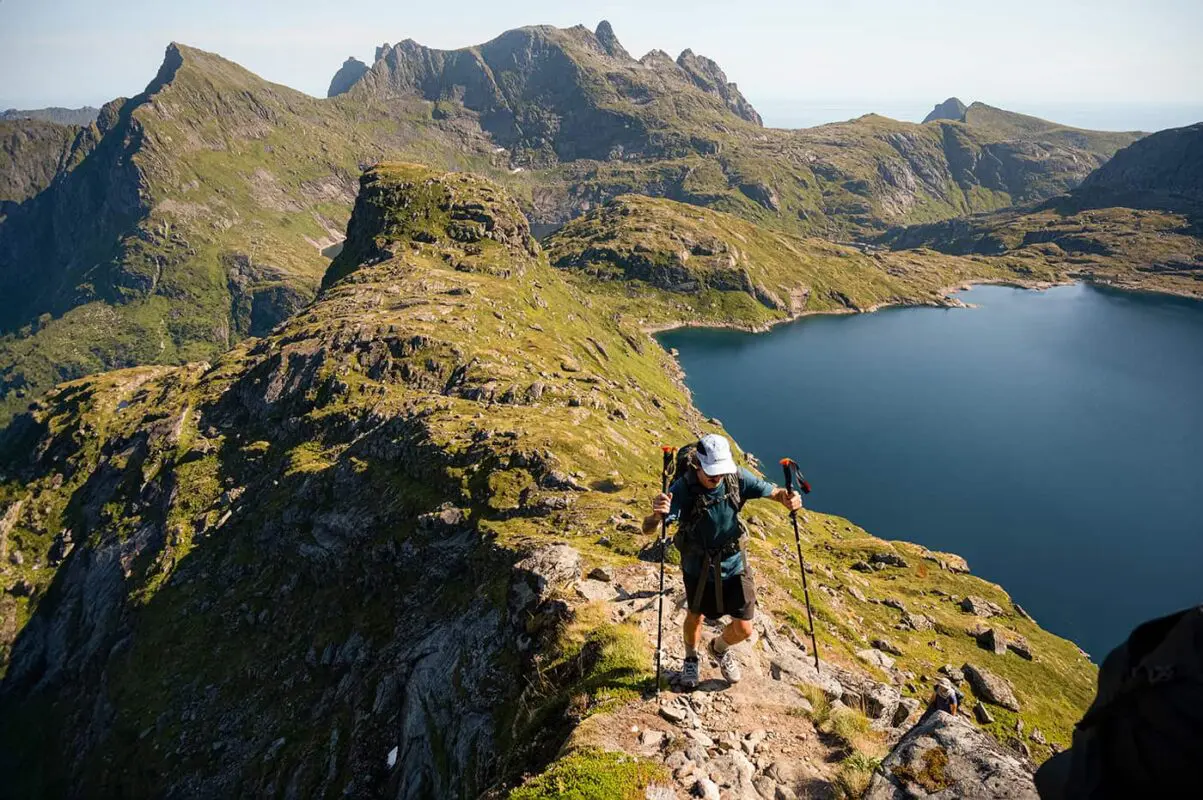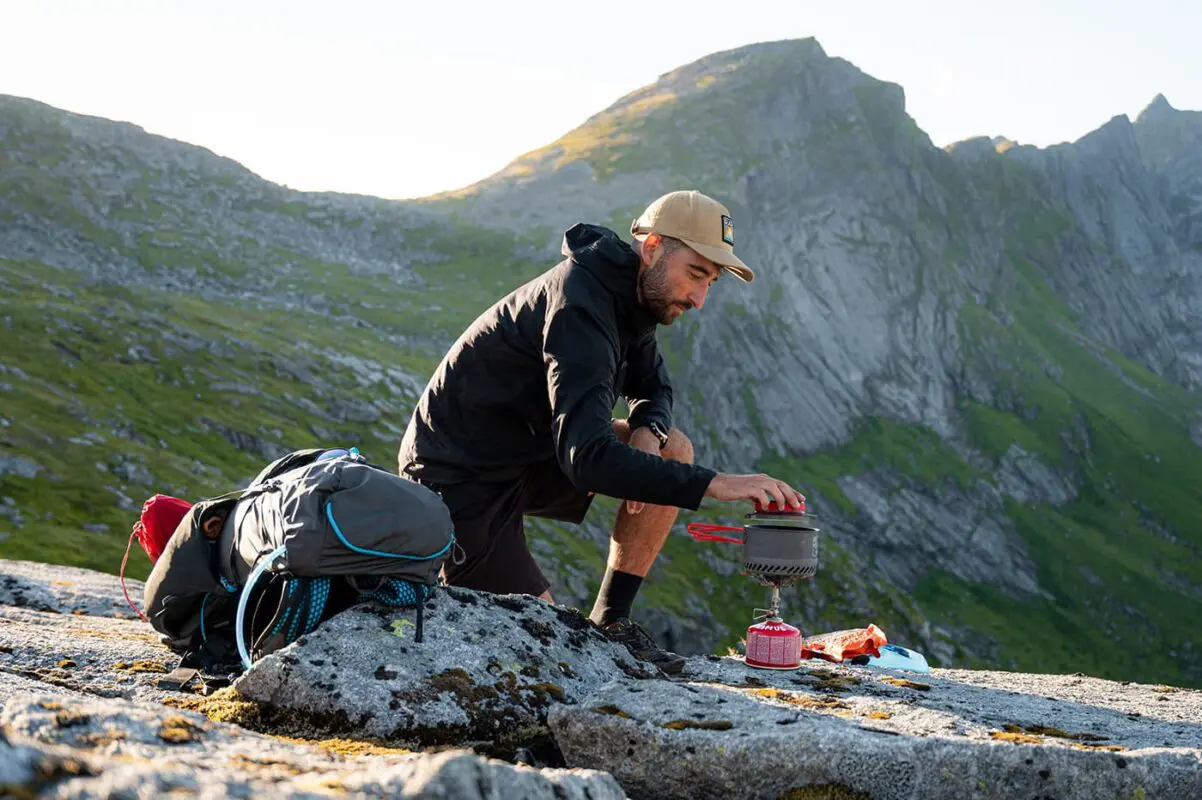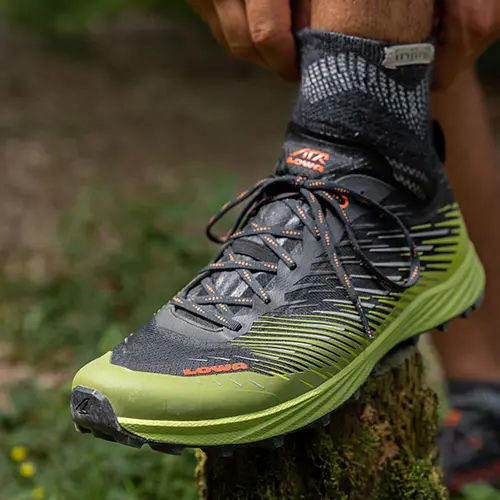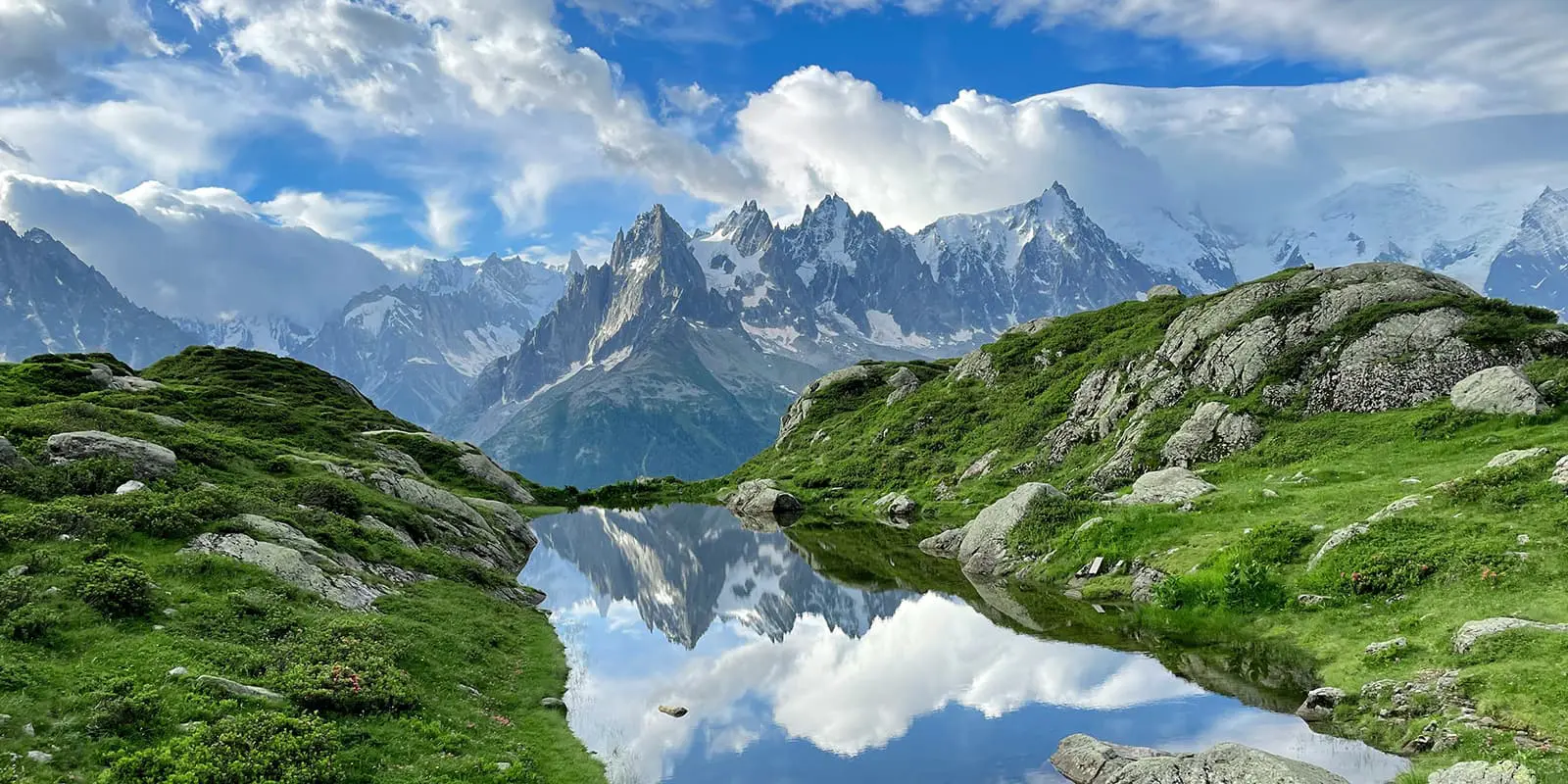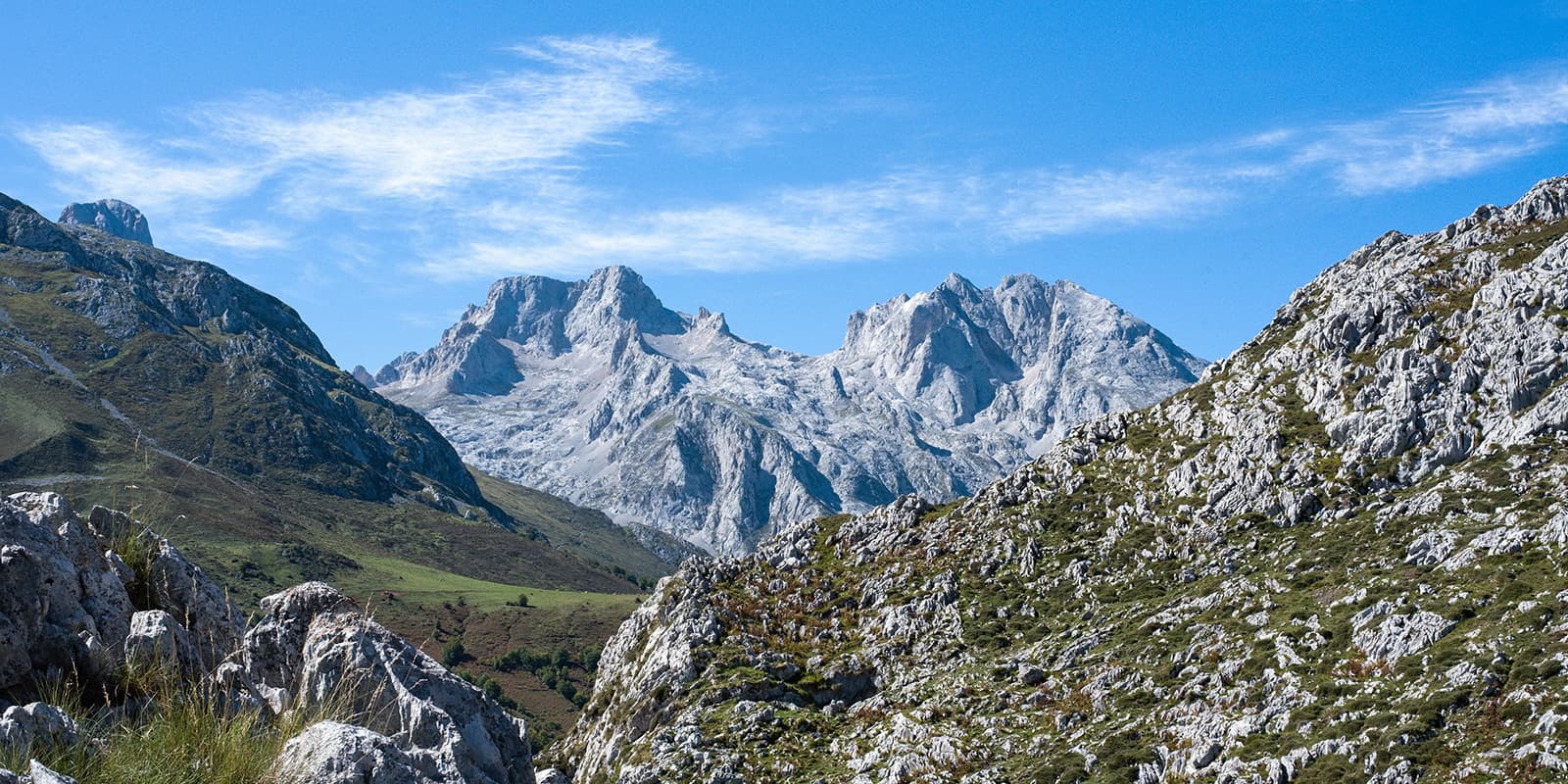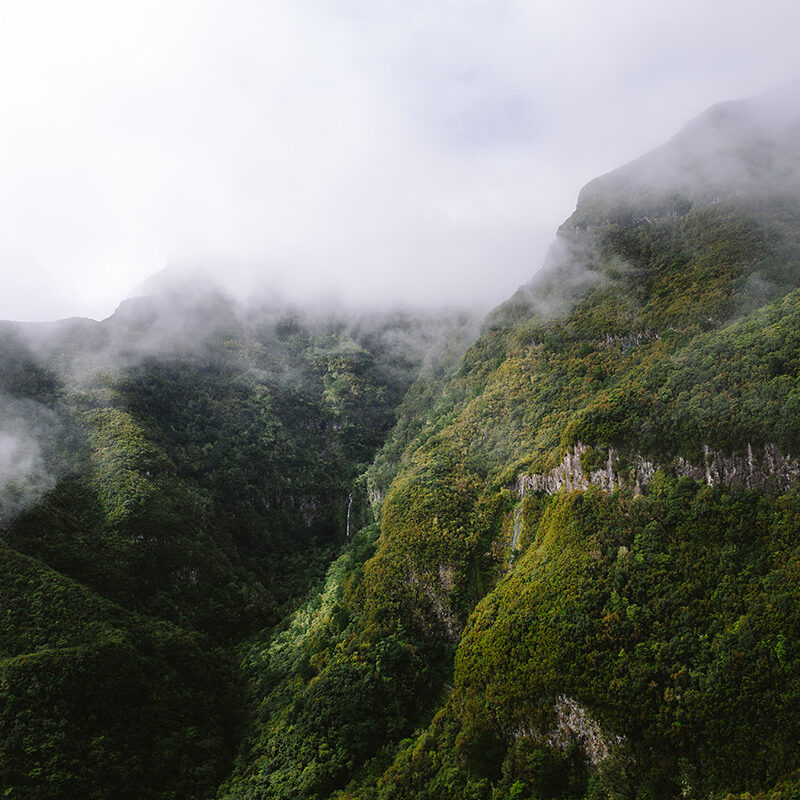The Lofoten Crossing of the Lofoten Island is a traverse and thru-hike on this special archipelago in Norway. It’s an ‘unofficial’ hiking trail that has gained traction among enthusiastic thru-hikers in recent years. This trail, pieced together by a passionate group of hikers, combines the premier trails across Lofoten into an authentic east-to-west thru-hike. You will hike through the largest islands, exploring Lofoten’s rugged terrains, occasionally using ferries to transition across fjords to the other islands. Find a full recap on our Instagram’s page highlights for an impression of this trail.
Situated over 180 kilometers within the Arctic Circle in the Norwegian Sea, the Lofoten archipelago is well known for its dramatic mountains that rise up directly from the ocean, spectacular fjords, white sand beaches, green valleys, and traditional fishing villages. The larger islands, Austvågøy, Vestvågøy, Flakstadøy, and Moskenesøy alongside numerous smaller ones, are steeped in a profound fishing heritage tracing back to the Viking era. The community still upholds age-old fishing traditions with the air-drying of cod on timber scaffolds, as a big part of their cultural heritage. How to discover this better than a thru-hike and traverse on the Lofoten Islands, also known as the long crossing of the Lofoten Islands.



